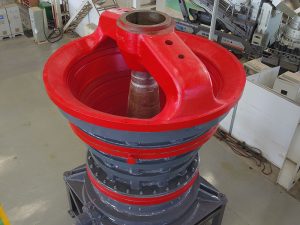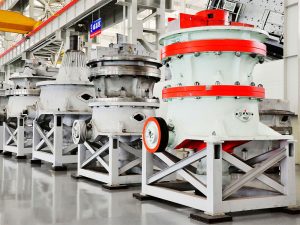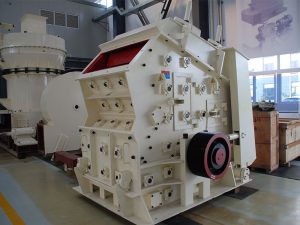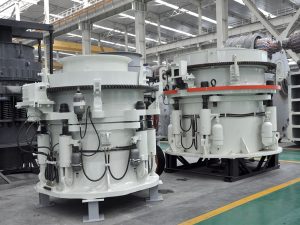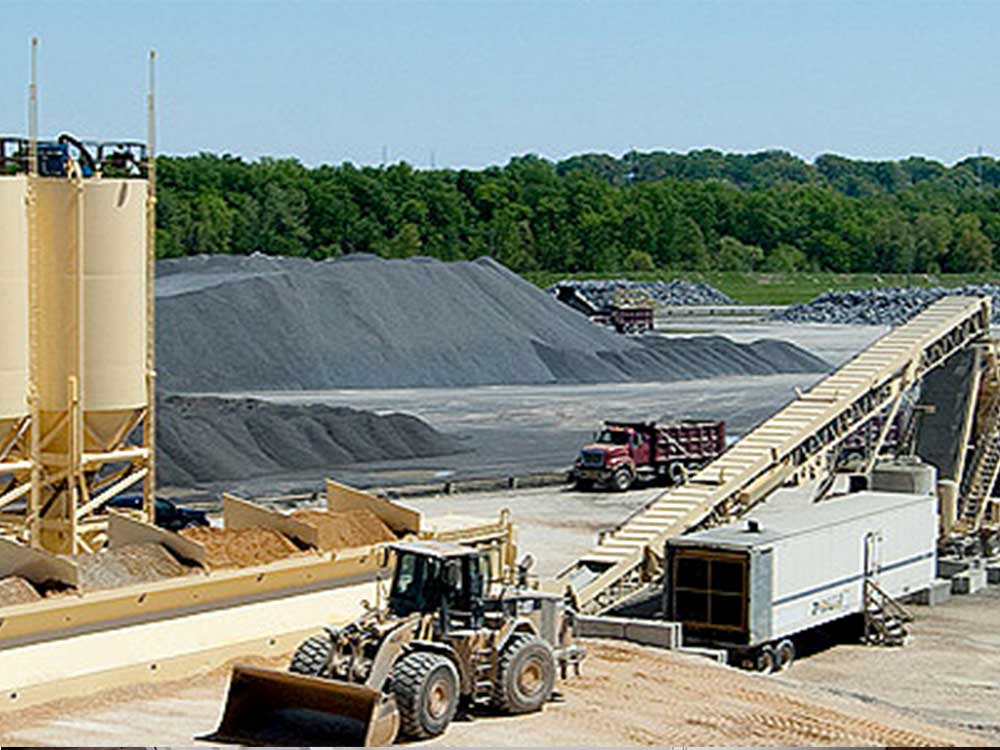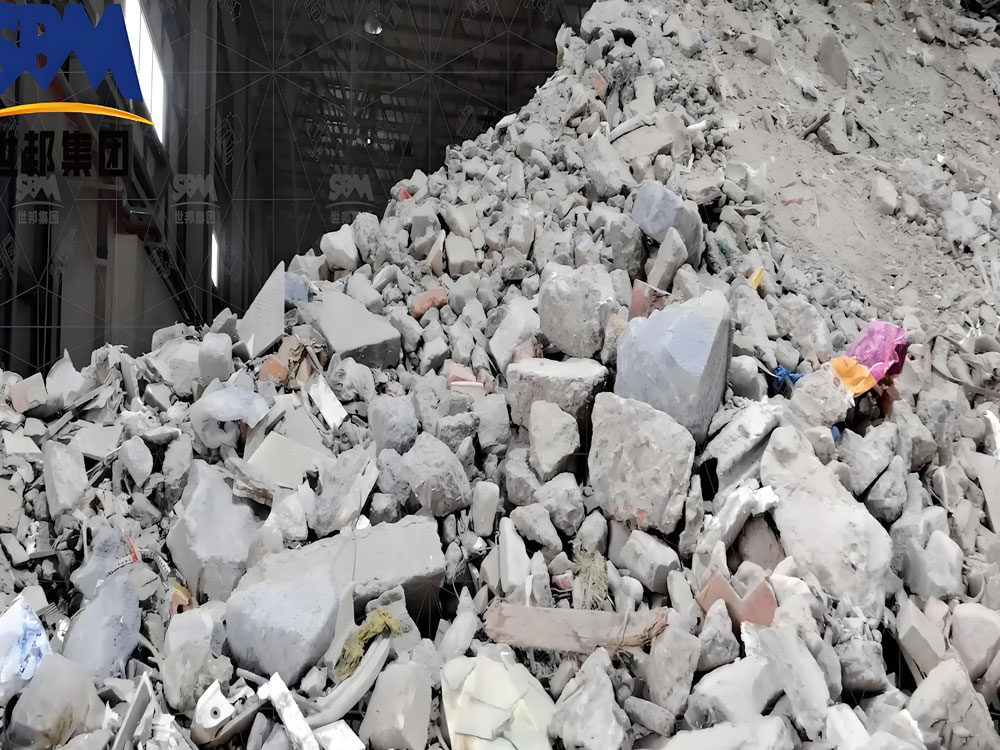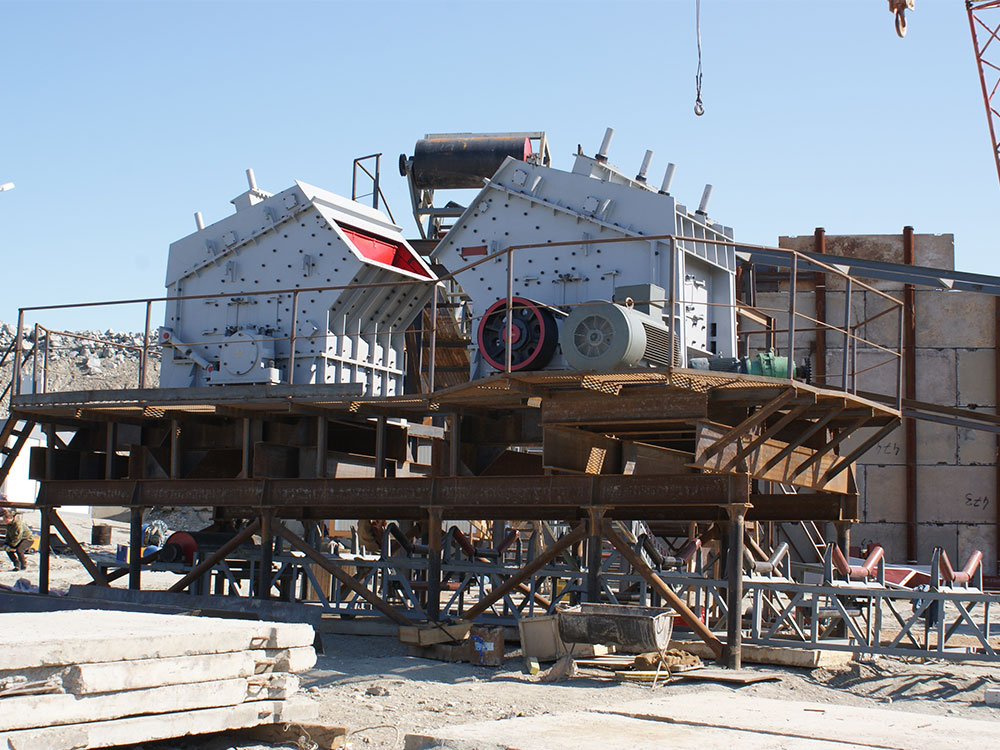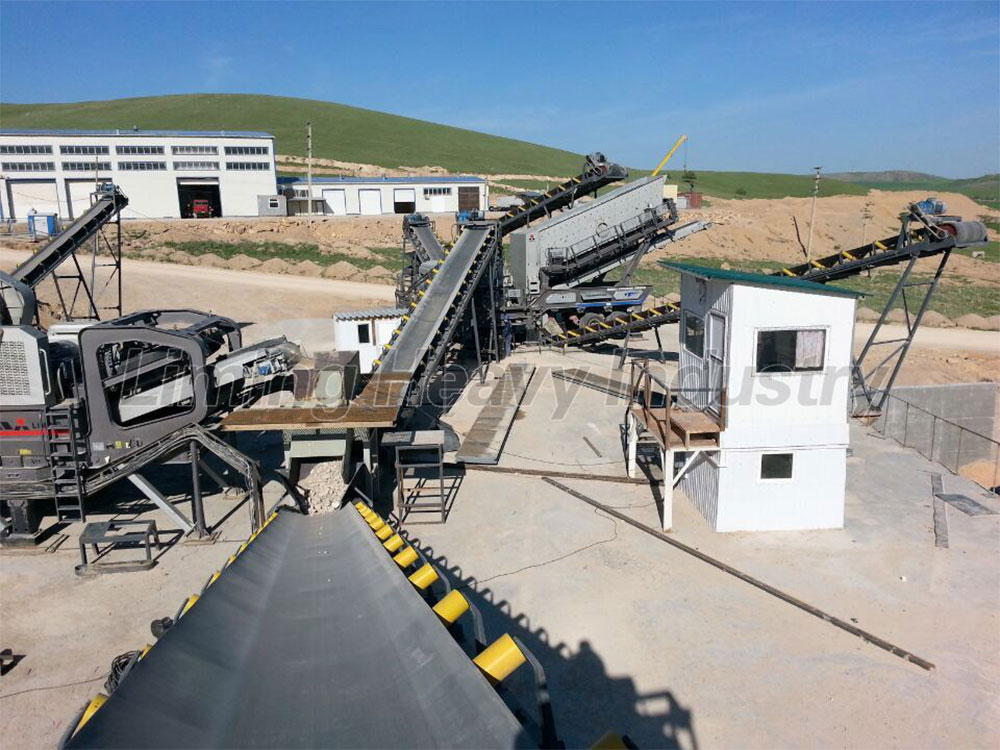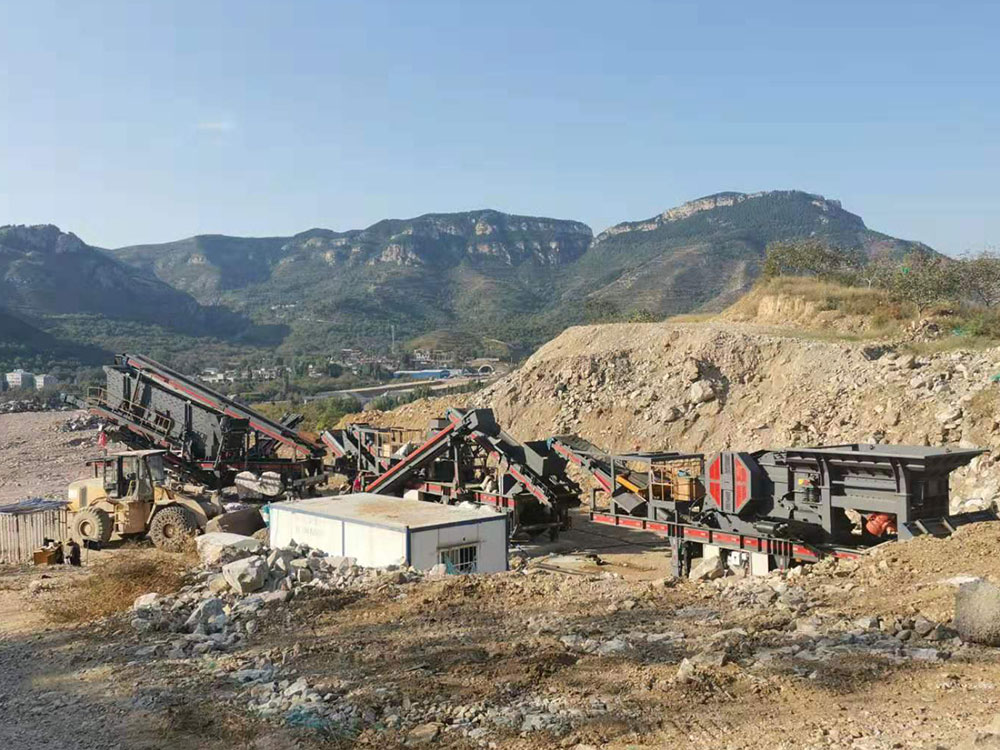Introduction to Limestone Crusher and Production Line
Limestone crushers and production lines are integral to industries that rely on processed limestone for construction, agriculture, and manufacturing. A limestone crusher is specialized machinery designed to break down large limestone rocks into smaller, usable aggregates. When combined with a limestone production line, this system ensures efficient processing, from raw material extraction to final product delivery. This article explores the working principles, applications, technical specifications, and advantages of these systems, providing valuable insights for businesses seeking optimized limestone processing solutions.
How a Limestone Crusher and Production Line Works
The core component of a limestone crushing and production line is the crusher itself. Modern crushers use compressive force, impact, or shear to reduce limestone rocks. Jaw crushers, for example, employ two vertical plates that move rhythmically to crush materials. Hammer crushers use high-speed rotating hammers to shatter limestone against breaker plates. Meanwhile, cone crushers utilize a gyrating spindle to compress rocks between a concave and mantle.
The limestone production line integrates multiple stages:
1. Primary Crushing: Large rocks (up to 1.5 meters) are reduced to 150–300 mm.
2. Secondary Crushing: Further refinement to 20–60 mm.
3. Screening: Separation of aggregates by size.
4. Tertiary Crushing (if needed): Achieving ultra-fine particles (<10 mm).
Automated conveyor belts and dust suppression systems ensure seamless operations, minimizing manual intervention.
Key Applications of Limestone Crusher and Production Line
1. Cement Manufacturing
Limestone is a primary ingredient in cement. A limestone crushing production line processes raw materials into fine powder, which is calcined to produce clinker. Crushers ensure uniform particle size, critical for consistent cement quality.
2. Construction Aggregates
Crushed limestone serves as a base material for roads, concrete, and asphalt. The limestone crusher produces graded aggregates (e.g., 5–20 mm, 20–40 mm) that meet engineering standards for durability and load-bearing capacity.
3. Agriculture and Soil Stabilization
Farmers use crushed limestone to neutralize acidic soils. The limestone production line delivers finely ground products that dissolve quickly, improving crop yields.
4. Environmental Applications
Limestone aggregates filter pollutants in wastewater treatment plants. Crushers also support flue gas desulfurization (FGD) systems in power plants by producing limestone slurry for sulfur dioxide removal.
Technical Specifications of a Modern Limestone Crusher and Production Line
When selecting a limestone crushing and production line, consider these technical parameters:
Feed Size Up to 1500 mm (primary crusher)
Output Size 0–5 mm, 5–10 mm, 10–20 mm, 20–40 mm
Capacity 50–2000 tons per hour (TPH)
Power Consumption 30–400 kW, depending on crusher type
Moisture Tolerance <15% for optimal crushing efficiency
Dust Emission <20 mg/m³ with integrated suppression systems
Advanced models feature adjustable settings, real-time monitoring via IoT sensors, and energy-efficient motors.
Advantages of Investing in a Limestone Crusher and Production Line
1. High Efficiency and Output
Automated limestone production lines minimize downtime, achieving 85–90% operational efficiency. Multi-stage crushing ensures maximum material utilization.
2. Customization Options
Systems can be tailored for specific output sizes, capacities, or environmental regulations. For example, adding a tertiary crusher or vibrating screen enhances product versatility.
3. Cost-Effectiveness
By reducing reliance on manual labor and optimizing energy use, these systems lower long-term operational costs.
4. Sustainability
Modern limestone crushers incorporate dust collectors and noise-reduction technologies, aligning with global environmental standards.
Choosing the Right Limestone Crusher and Production Line
- Material Hardness: Limestone’s Mohs hardness (3–4) allows for jaw or impact crushers.
- Desired Output: Fine powders require cone crushers or vertical shaft impactors (VSI).
- Site Conditions: Mobile crushers suit temporary projects, while stationary lines are ideal for fixed plants.
Popular Configurations
1. Jaw Crusher + Impact Crusher + Vibrating Screen: Balances cost and versatility.
2. Cone Crusher + VSI + Dust Collector: For high-precision applications like cement production.
Maintenance Tips for Your Limestone Crushing and Production Line
- Inspect wear parts (e.g., jaw plates, hammers) every 200–300 operating hours.
- Lubricate bearings and motors according to manufacturer guidelines.
- Monitor belt tension and alignment to prevent slippage.
FAQs About Limestone Crusher and Production Line
Q1: What is the lifespan of a limestone crusher?
A: With proper maintenance, crushers last 8–12 years. Critical components like liners may need replacement every 1–2 years.
Q2: Can a single production line handle multiple materials?
A: Yes, but limestone-specific lines optimize output quality. Mixing materials may accelerate wear.
Q3: How does a mobile limestone crusher differ from a stationary one?
A: Mobile units are compact, diesel-powered, and ideal for on-site projects. Stationary systems offer higher capacity and automation.
A limestone crusher and production line is a cornerstone of modern industrial operations, combining advanced engineering with operational flexibility. By understanding its working principles, applications, and technical specifications, businesses can select systems that enhance productivity while adhering to sustainability goals. Whether for cement manufacturing, construction, or environmental projects, investing in the right limestone processing solution ensures long-term competitiveness and efficiency.


